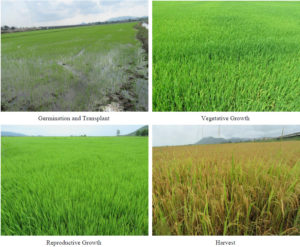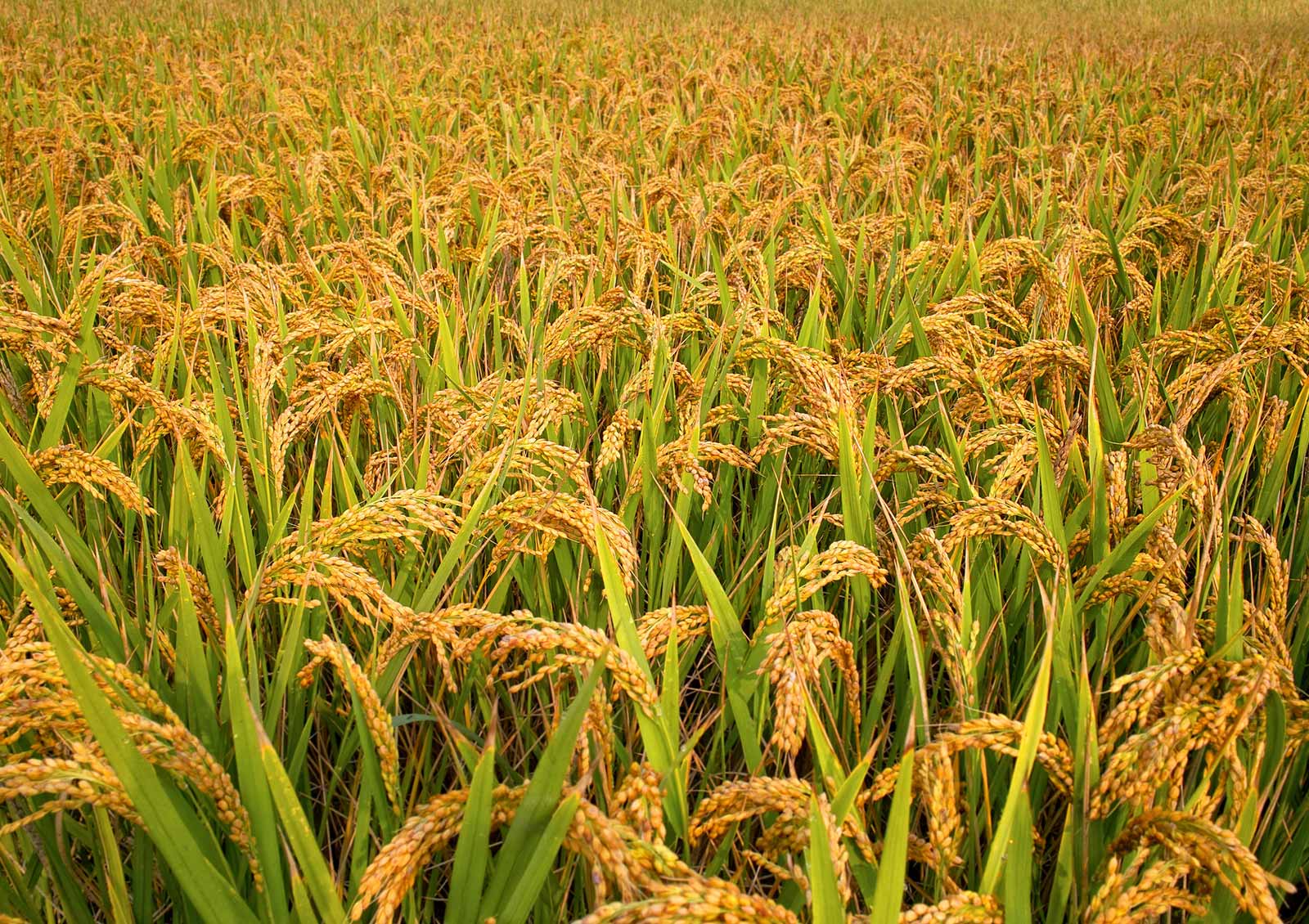Sinewox Rice
At Sinewox, we are committed to delivering excellence, reliability, and value in every transaction, ensuring the seamless flow of high-quality agricultural commodities across international borders.
Sinewox is a globally recognized purveyor of diverse rice varieties, hailing from the vibrant and lush regions of Vietnam, Thailand, Cambodia, and India. We offer a comprehensive range of rice, from high-end, gourmet grains for the discerning connoisseur to economic, everyday staples for families worldwide. Our roots are firmly planted in the rich rice-growing heritage of these countries, and our passion is sharing these unique, authentic flavors with the global community.
Our Goal
Our goal at Sinewox is to create an expansive, globally accessible marketplace for all rice varieties from the verdant fields of Southeast Asia and the fertile plains of India. We strive to offer a diverse range of products to cater to our international clientele’s varied tastes, culinary needs, and budgets. We are committed to the principles of quality, sustainability, and fair trade, as we endeavor to bring the finest grains from these renowned rice-growing regions to tables worldwide. 
Our Mission
We aim to connect the world to rich, diverse rice flavors from Vietnam, Thailand, Cambodia, and India. We aim to not only provide an accessible platform for these unique rice varieties but also to foster understanding and appreciation of the rich cultural heritage these grains represent. By partnering with local farmers and promoting sustainable farming practices, we strive to uplift local economies and contribute to a more equitable global food network. At Sinewox, we’re not just selling rice—we’re sharing a piece of cultural heritage and promoting a global community that values diversity, quality, and sustainability.
What are the different types of rice, and where are they grown?
What are the significant types of rice produced and traded worldwide?
Types of Rice and Where They Are Grown:
- Indica Rice: Grown in tropical and subtropical regions such as Southeast Asia and South Asia
- Aromatic Rice: Primarily grown in Thailand, Vietnam, Cambodia, India, and Pakistan
- Japonica Rice: Grown in regions with cooler climates such as Japan, Korea, parts of China, California, Europe, and Australia
- Glutinous and Other Specialty Rices: Grown in Southeast Asia and other regions
Which countries are the top 5 producers of rice?
Top 5 Producers of Rice:
- China
- India
- Indonesia
- Bangladesh
- Vietnam
Different Types of Rice and Their Benefits:
- Brown Rice:
- Firmer texture and nuttier flavor than white rice.
- Provides more fiber, vitamins, and minerals per serving.
- Contains the bran and germ, providing additional nutrients like fiber, protein, antioxidants, and certain vitamins and minerals
- White Rice:
- Stripped of its bran and germ, leaving the less healthy endosperm.
- Can still be part of a balanced diet and contains valuable nutrients.
- Often used in a variety of dishes due to its versatility
- Black Rice:
- Rich in antioxidants, particularly anthocyanin.
- High fiber content aids digestion and may help lower cholesterol levels
- Red Rice:
- Similar fiber content to brown rice.
- Contains different amounts of nutrients compared to other varieties.
- May offer unique health benefits
- Wild Rice:
- Not a true rice but a type of grass seed.
- High in fiber and protein.
Packed with nutrients and offers potential health benefits - It’s important to note that all types of rice can fit into a nutritious, well-rounded diet. Pairing rice with other nutritious ingredients like vegetables, proteins, and legumes can enhance the overall nutritional value of a meal
- Brown Rice:
Please keep in mind that the health benefits of rice can vary depending on factors such as processing, cooking methods, and individual dietary needs. It’s always a good idea to consult with a healthcare professional or registered dietitian for personalized advice.
Differences Between Short, Medium, and Long Grain Rice:
- Short Grain Rice: Short grain rice has a short and plump kernel. It tends to be sticky and moist when cooked, making it ideal for dishes like sushi, risotto, and rice pudding. It has a higher starch content, giving it a soft and chewy texture
- Medium Grain Rice: Medium grain rice has a slightly longer and wider kernel compared to short grain rice. It is less sticky than short grain rice but still retains some moisture when cooked. It is commonly used in dishes like paella, pilaf, and rice bowls
- Long Grain Rice: Long grain rice has a long and slender kernel. It remains separate and fluffy when cooked, with each grain retaining its shape. It is versatile and commonly used in a variety of dishes such as stir-fries, biryanis, and side dishes
- Health Benefits of Black Rice: Black rice is high in fiber and minimally processed, offering a hefty nutritional punch
- It gets its color from anthocyanins, a class of antioxidants with neuroprotective, anti-cancer, and hypoglycemic properties
- The anthocyanins in black rice may help lower cholesterol levels, improve endothelial function, and inhibit tumor growth
- Black rice has a lower glycemic index compared to brown rice, making it a healthier choice for those with high blood sugar, diabetes, or insulin resistance
- Like other rice varieties, black rice boasts minerals and phytonutrients that support optimal health.
- Nutritional Value of White Rice Compared to Brown Rice:
- Brown rice is more nutritious than white rice as it retains the bran and germ, which contain valuable nutrients like fiber, protein, antioxidants, and certain vitamins and minerals.
- White rice, on the other hand, is heavily processed and has the bran and germ removed, resulting in a loss of fiber and fewer nutrients.
- While white rice is typically enriched with some of the lost nutrients, the nutritional difference between white and brown rice is still significant.
- Brown rice offers more fiber, magnesium, B vitamins, selenium, and Vitamin B3 (niacin) compared to white rice.
- White rice has a higher glycemic index than brown rice, meaning it raises blood sugar levels more quickly.
- It’s important to note that all types of rice can be part of a balanced diet. Pairing rice with other nutritious ingredients like vegetables, proteins, and legumes can enhance the overall nutritional value of a meal.
|
NO |
PRODUCT NAME |
SPECIFICATIONS |
PACKING |
|
1 |
LONG GRAIN WHITE RICE 5% BROKEN |
• Broken: 5% Max • Moisture: 14% Max • Chalky Kernels: 7.0% Max • Foreign Matter: 0.5% Max • Yellow Kernels: 0.5% Max • Damaged Kernel: 0.75% Max • Red And Streaked Kernels: 0.5% Max • Paddy per Kg: 10 Grain Maximum • Whole Kernel Length Average: 6.2mm Min • Milling Degree: Well Milled & Double Polished, Sortex (or none Sortex as Buyer’s Request) • Insect: Nil after fumigation • Rodents: No presence even particles of rodents |
Packing in: 50kg/PP bag |
|
2 |
LONG GRAIN WHITE RICE 15% BROKEN |
• Broken: 15% Max • Moisture: 14% Max • Chalky Kernels: 7.0% Max • Foreign Matter: 0.5% Max • Yellow Kernels: 0.5% Max • Damaged Kernel: 0.75% Max • Red And Streaked Kernels: 0.5% Max • Paddy per Kg: 10 Grain Maximum • Whole Kernel Length Average: 4mm Min • Milling Degree: Well Milled & Double Polished, Sortex (or none Sortex as Buyer’s Request) • Insect: Nil after fumigation • Rodents: No presence even particles of rodents |
Packing in: 50kg/PP bag |
|
3 |
WHITE RICE 100% BROKEN |
• Broken: 100% Max • Moisture: 14% Max • Chalky Kernels: 10% Max • Foreign Matter: 0.5% Max • Yellow Kernels: 1.75% Max • Damaged Kernel: 1.75% Max • Red And Streaked Kernels: 0.5% Max • Paddy per Kg: 25 Grain Maximum • Whole Kernel Length Average: 3mm Min • Milling Degree: Well Milled & Double Polished, Sortex (or none Sortex as Buyer’s Request) • Insect: Nil after fumigation • Rodents: No presence even particles of rodents |
Packing in: 50kg/PP bag |

